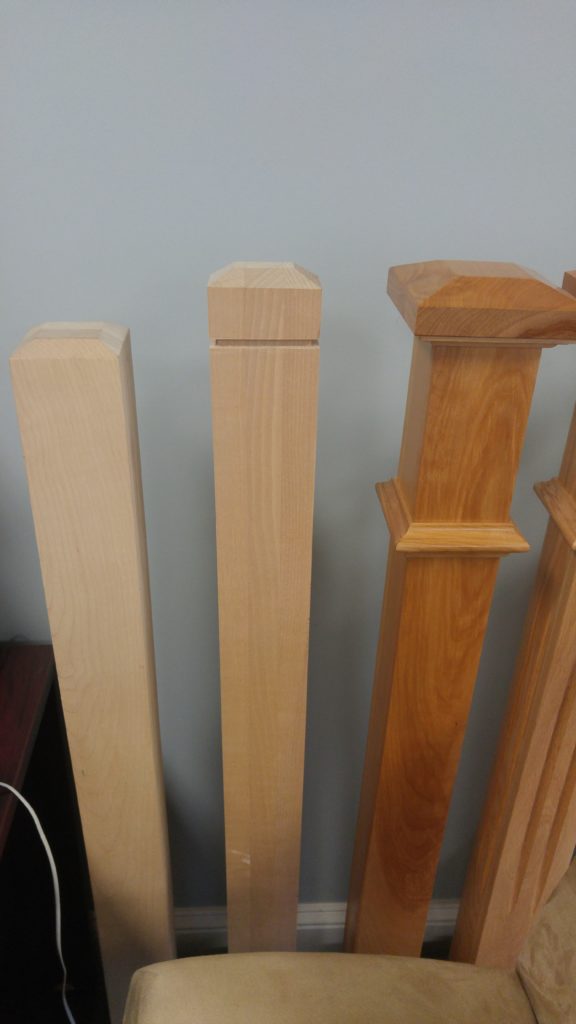Edge Sorting
Edge sorting is a technique used in advantage gambling where a player determines whether a face-down playing card is likely to be low or high at casino table games by observing, learning, and exploiting subtle unintentional differences on the backs of the cards being dealt.[1]

Applied by poker player Phil Ivey and subsequently challenged in court by the casino in which he did so, the UK High Court, Court of Appeal and Supreme Court ruled that the technique, which requires the player to trick the dealer into rotating specific, high-value cards, is cheating in civil law, and that a casino was justified in refusing payment of winnings. This ruling would not be applicable if the player simply took advantage of an observed error or anomaly in the deck for which he was not responsible.[2]
Technique[edit]
Many packs of cards produced by manufacturers have unintentional, almost indistinguishable edge irregularities. Typically the backs of every card in such a pack are identical, but the two long edges of each card are distinguishable from one another: the back pattern of one card is not symmetrical to another that has been rotated 180° (half a full turn).
During the course of a game, the player asks the dealer to rotate high-value face-up cards, saying for example that they feel it will bring them luck. The dealer, indulging superstition, does not realize he or she is unwittingly orienting the cards such that valuable high cards are oriented one way in the deck and low cards the other way round. The unintentional card edge irregularity thus makes the high or low value of face-down cards apparent to an observer aware of how the dealer has been tricked into orienting them. This orientation will remain so long as the cards are not 'washed,' shuffled in a way that rotates them. Thus, the player must also request that the dealer shuffle the cards with an automatic shuffler, which does not change the orientation as a manual shuffle might. The dealer is not obliged to comply with any of these requests, but will usually do so if thought to be the result of gambler superstition or mistrust.
Sorting is a very classic problem of reordering items (that can be compared, e.g. Integers, floating-point numbers, strings, etc) of an array (or a list) in a certain order (increasing, non-decreasing, decreasing, non-increasing, lexicographical, etc).There are many different sorting algorithms, each has its own advantages and limitations.Sorting is commonly used as the introductory problem in. The canonical application of topological sorting is in scheduling a sequence of jobs or tasks based on their dependencies.The jobs are represented by vertices, and there is an edge from x to y if job x must be completed before job y can be started (for example, when washing clothes, the washing machine must finish before we put the clothes in the dryer). Edge sorting is a technique used in advantage gambling where a player determines whether a face-down playing card is likely to be low or high at casino table games by observing, learning, and exploiting subtle unintentional differences on the backs of the cards being dealt. Topological sorting for Directed Acyclic Graph (DAG) is a linear ordering of vertices such that for every directed edge uv, vertex u comes before v in the ordering. Topological Sorting for a graph is not possible if the graph is not a DAG. For example, a topological sorting of the following graph is “5 4 2 3 1 0? Sorting data is an integral part of data analysis. You might want to arrange a list of names in alphabetical order, compile a list of product inventory levels from highest to lowest, or order rows by colors or icons.
Over the course of a game being played this way, low cards will tend to be oriented one way, high cards the other. Once a significant proportion of cards have been rotated, any player who knows this can gain a statistical edge more than outweighing house edge by using the knowledge whether the card to be turned is likely to be low or high.[3]
Legality[edit]
Edge Sorting Blackjack
Casinos usually regard this technique as cheating; many players consider that they are legitimately playing to gain an advantage.

In 2012, poker player Phil Ivey and partner Cheung Yin Sun won US$9.6 million playing baccarat at the Borgata casino.[4][5] In April 2014, the Borgata filed a lawsuit against Ivey and Cheung for their winnings.[5] In 2016, a Federal Judge ruled that Ivey and Cheung Yin Sun must repay US$10 million to the Borgata. U.S. District Judge Noel Hillman ruled that they did not commit fraud, but did breach their contract with the casino. He found that they did not abide by a New Jersey Casino Controls Act provision that prohibited marking cards. Although they did not mark the cards, they used tiny imperfections in the cards to gain an advantage.[6]
Later in 2012 he was reported to have won £7.7 million (approx. $11 million) playing punto banco, a version of baccarat, at Crockfords casino in London. Crockfords refunded his £1 million stake and agreed to send him his winnings, but ultimately refused payment.[7] Ivey sued them for payment, but lost in the UK High Court; it was judged that the edge sorting was 'cheating for the purpose of civil law'.[8][9] It was accepted that Ivey and others genuinely considered that edge sorting was not cheating, and deemed immaterial that the casino could easily have protected itself. Critically, the judgment pointed out that Ivey had gained an advantage by actively using a croupier as his innocent agent, rather than taking advantage of an error or anomaly on the casino's part. Ivey appealed against the judgement but was unsuccessful.[10]
He further appealed to the UK Supreme Court (see Ivey v Genting Casinos)[11] which also decided in favour of the casino. All five justices upheld the decision of the court of appeal, 'which dismissed his case on the basis that dishonesty was not a necessary element of 'cheating'.'[9]
See also[edit]
- Card counting, another strategy that improves statistical odds, not considered cheating
Edge Sorting Explained
References[edit]
- ^Thomas Barrabi (14 April 2014). 'What Is Edge Sorting? Phil Ivey Sued By Borgata Casino, Allegedly Cheated To Win $9.6 Million In Baccarat'. International Business Times. Retrieved 19 April 2014.
- ^Derek Hawkins (26 October 2017). 'What is 'edge-sorting' and why did it cost a poker star $10 million in winnings?'. The Washington Post. Retrieved 25 July 2018.
- ^Victor Fiorillo (14 April 2014). 'Borgata: Poker Star Phil Ivey Cheated Us Out of $10 Million Using Edge Sorting'. Philly Mag. Retrieved 19 April 2014.
- ^Kaplan, Michael (29 June 2016). 'How 'Advantage Players' Game the Casinos'. The New York Times. Retrieved 29 August 2018.
- ^ abHaley Draznin and Sho Wills (13 April 2014). 'Atlantic City casino claims poker champ Phillip Ivey cheated to win $9.6 million'. CNN. Retrieved 19 April 2014.
- ^'Poker pro Phil Ivey ordered to repay $10M to Atlantic City casino'. NJ.com. Retrieved 20 December 2016.
- ^Ron Dicker (9 October 2012). 'Phil Ivey, Poker Champion, Denied $11.7 Million Payout From Punto Banco Card Game'. Huffington Post.
- ^'Top poker player Phil Ivey loses £7.7m court battle'. BBC. 8 October 2014.
- ^ abGrierson, Jamie (25 October 2017). 'Poker player loses court battle over £7.7m winnings from London casino'. The Guardian. ISSN0261-3077. Retrieved 25 October 2017.
- ^Khomami, Nadia (3 November 2016). 'Poker player loses appeal against London casino over £7.7m winnings'. Retrieved 29 August 2018.
- ^'Poker Pro Ivey Goes All In at U.K.'s Top Court Cheating Case'. Bloomberg. Retrieved 25 September 2017.